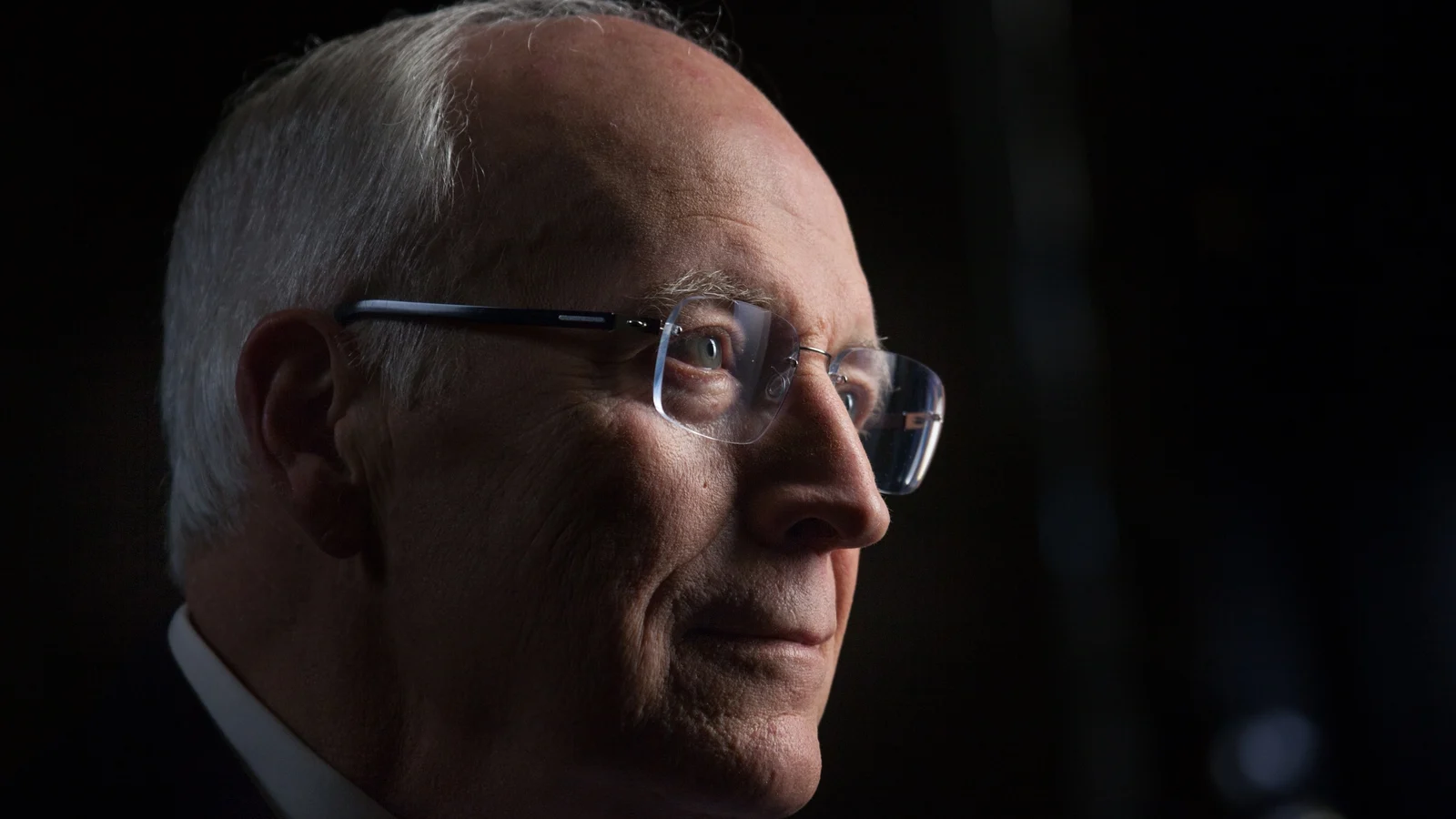Copyright montrealgazette

Advertisement 1This advertisement has not loaded yet, but your article continues below. To be a kid today in our society "is to be closely monitored and scrutinized for your level of performance," British child and adolescent psychiatrist and psychotherapist Sami Timimi writes in Searching for Normal: A New Approach to Understanding Mental Health, Distress, and Neurodiversity. Photo by Bryanna Bradley /Montreal GazetteReviews and recommendations are unbiased and products are independently selected. Postmedia may earn an affiliate commission from purchases made through links on this page.Article contentIt’s tough to be a “normal” kid these days.Sign In or Create an Accountor View more offersArticle contentTo be a kid today in our society “is to be closely monitored and scrutinized for your level of performance,” British child and adolescent psychiatrist and psychotherapist Sami Timimi writes in Searching for Normal: A New Approach to Understanding Mental Health, Distress, and Neurodiversity (Signal, 2025).Article contentArticle contentAnd “when things are judged ‘not right’ by someone, you can then be exposed to a variety of assessments and procedures to determine what’s wrong, broken and dysfunctional in you.”Article contentAdvertisement 1Story continues belowThis advertisement has not loaded yet, but your article continues below.Article contentTimimi, who has three decades of experience as a clinician and researcher and has written dozens of book chapters and several books, contends that young people are being medicalized for behaviours that might be considered entirely normal in other parts of the world — and that distress has been commodified by pharmaceutical companies, the media and the psychiatric establishment.Article contentHe will be the keynote speaker at AMI-Quebec‘s annual mental forum on Nov. 13 in Montreal. His topic: Is the current mental health ideology compromising the health of our younger generations?Article contentAmong the research Timimi cites in his compelling new book is a 2003 medical anthropology study of a group of middle-class children at a school in Mexico. Based on a standard questionnaire, about eight per cent of them could be diagnosed as having attention deficit hyperactivity disorder (ADHD); yet only one child in the school had such a diagnosis. Interviewing the parents and teachers of the more active children, the researchers learned they regarded these ADHD-type behaviours as within the boundaries of behaviours viewed as normal and expected.Article contentAdvertisement 2Story continues belowThis advertisement has not loaded yet, but your article continues below.Article contentWhat drew Timimi to the field of child and adolescent psychiatry, he said, was the possibility of dealing with patients through the prism of their development and in the context of their family and community. When he started out in the early 1990s, “we didn’t make diagnoses and hardly ever prescribed psychiatric medication,” he writes.Article contentRead More We need to rethink how we treat psychiatric illness: author Ella Amir channels her 'amazing kindness' into energizing family caregivers Advertisement 1Story continues belowThis advertisement has not loaded yet, but your article continues below.Article contentBut these backdrops have been replaced by the treatment pathway model prevalent in adult psychiatry: you get a diagnosis and the diagnosis, in turn, informs the correct treatment. This has led to a culture of “pathologizing, labelling and medicating” as diagnoses like autism and ADHD have gone from “a peripheral phenomenon in practice and culture to being something that just about anyone could have,” he says.Article contentEmpirical findings to support actual existence of these conditions are “pretty much non-existent,” says Timimi. Rather, all definitions of mental health are subjective. “They are not phenomena that lend themselves to sitting in the world of objective facts in the same way that a broken bone does.”Advertisement 1This advertisement has not loaded yet.Trending About Last Night: Cole Caufield takes league lead in goal scoring Montreal Canadiens At 7-foot-9, Terrebonne's Olivier Rioux makes NCAA basketball history Basketball Update: Up to 20 cm of snow coming Sunday as first winter storm looms for Montreal Weather Stu's Slapshots: Canadiens' Jakub Dobes shows there is crying in hockey Hockey Inside Out Zurkowsky: Davis Alexander does it again as Alouettes head to Grey Cup Montreal Alouettes Advertisement 2AdvertisementThis advertisement has not loaded yet, but your article continues below. Article contentHe says he prefers the terms “ordinary” and “understandable” to “normal” and “abnormal” as his starting point for helping young patients make sense of dilemmas and struggles they face rather than starting with the concept of “disorder.”Article content“Just about everything I have seen in my 30-plus years of working as a psychiatrist can be captured by those two terms,” he writes.Article contentIn his work, he favours an approach that looks at the person as a whole: their family context, their culture, their personal resilience.Article content Dr. Sami Timimi will be in Montreal to speak at AMI-Quebec’s annual mental health forum on Nov. 13. Photo by Kirstine Bowen /Courtesy of Sami TamimiArticle contentDecades of basic science research have failed to reveal a psychological or biological marker that identifies a psychiatric diagnosis, Timimi writes, citing the work of several journalists, Robert Whitaker among them, and academics.Article content“Despite three decades of intense neuroimaging research, we still lack a neurobiological account for any psychiatric condition,” he writes. Rather, he tells us, what is at play is a social construct — a marketable brand.Article contentAdvertisement 3Story continues belowThis advertisement has not loaded yet, but your article continues below.Article contentAnd as the brand becomes more familiar, “associated concepts, language and practices find their way into everyday life,” he writes. “Children no longer have tantrums, they have ‘meltdowns’ (from feeling overwhelmed). We don’t feel miserable, we become depressed. Feeling stressed isn’t enough; we’re traumatized.”Article contentUntil the mid-20th century, most Western countries viewed children as “largely sturdy and resilient.” Timimi cites a study in the 1950s and early 1960s which found “families understood their children’s problematic behaviours as ‘stages’ that most children could be expected to pass through … Thus children’s ‘bad’ behaviour was interpreted through a normative lens as expected and temporary.”Article contentBut as childhood behaviour problems moved from the arena of parental and community common sense toward ownership by a professional class, he writes, “childhood psychiatric diagnoses and prescription of psychiatric medications to children, particularly stimulants, begin their ascent in the post-industrial West.”Article contentAdvertisement 4Story continues belowThis advertisement has not loaded yet, but your article continues below.Article contentIn a September opinion piece for the Globe and Mail, Timimi addressed this shift — and encouraged parents to fight it.Article content“I’m all too aware that there will be thousands of parents reading this who may have been told by teachers that their child has ADHD or is on the autistic spectrum or has ‘anxiety’ and therefore needs an assessment,” he wrote. “I can understand why a parent may wish to pursue that, given that we have publicized the existence of such conditions and encouraged early diagnosis.Article content“My advice — don’t agree to such a referral. Fight it every step of the way. Love your kids, be patient, and most of you will find a way through.”Article contentThe problem with such a referral, Timimi said in an email exchange with The Gazette, is that it “leads to a potential disabling of a child by focusing on their perceived problems, it fixes labels and many are viewed as lifelong, thereby making it harder to … be open to the inevitability of change as a child grows and develops.”Article contentLabels shape how children see themselves, he said.Advertisement 2This advertisement has not loaded yet. Advertisement 3Story continues belowThis advertisement has not loaded yet, but your article continues below. Article content“The child internalizes the idea that there is something about them that has made them socially unfit for the world in some way.” And seeing oneself as more vulnerable makes it harder to discover one’s capacity for resilience.Article content“It also absolves institutions such as schools of their roles in helping a child through difficult stages that will happen to all of us at some point, and it disempowers parents who imagine that an ‘expert’ of some sort is needed in an ongoing way to make it possible for their child to grow up safely.Article content“We all need advice, support, time. We will need services that can provide that — and parents and schools that listen and are open to re-imagining how they understand and deal with the inevitable problems they will face,” he said.Article content“But what we don’t want to do is create a stereotype of a child that accidentally robs them of future possibilities by labelling them as having a disorder.”Article contentAT A GLANCEArticle contentDr. Sami Timimi is the keynote speaker at AMI-Quebec’s Annual Mental Health Forum, Nov. 13, starting at 7 p.m. at Concordia University’s Oscar Peterson Concert Hall, 7141 Sherbrooke St. W. Admission is free, the lecture will be in English and no reservations are needed. A Zoom link will be available the day of the lecture at amiquebec.org/forum.Article contentArticle contentAdvertisement 3This advertisement has not loaded yet. Featured Local Savings



